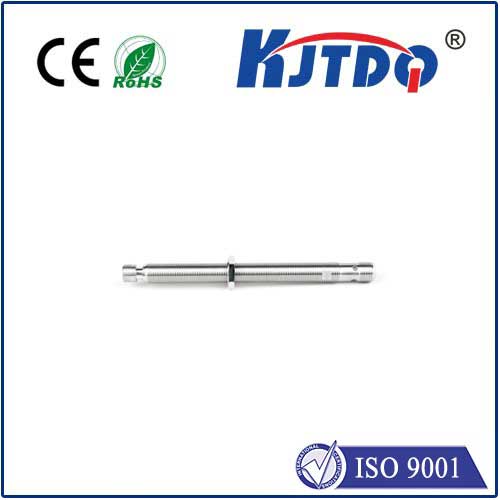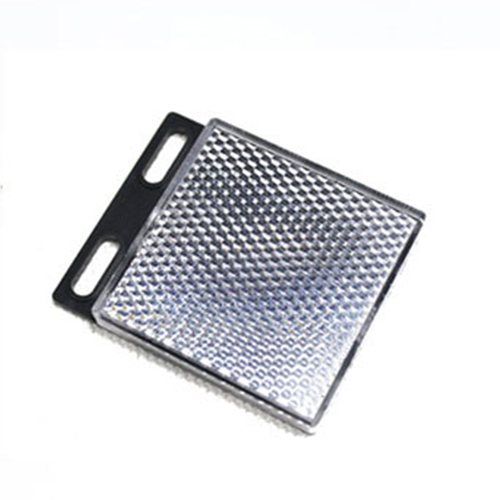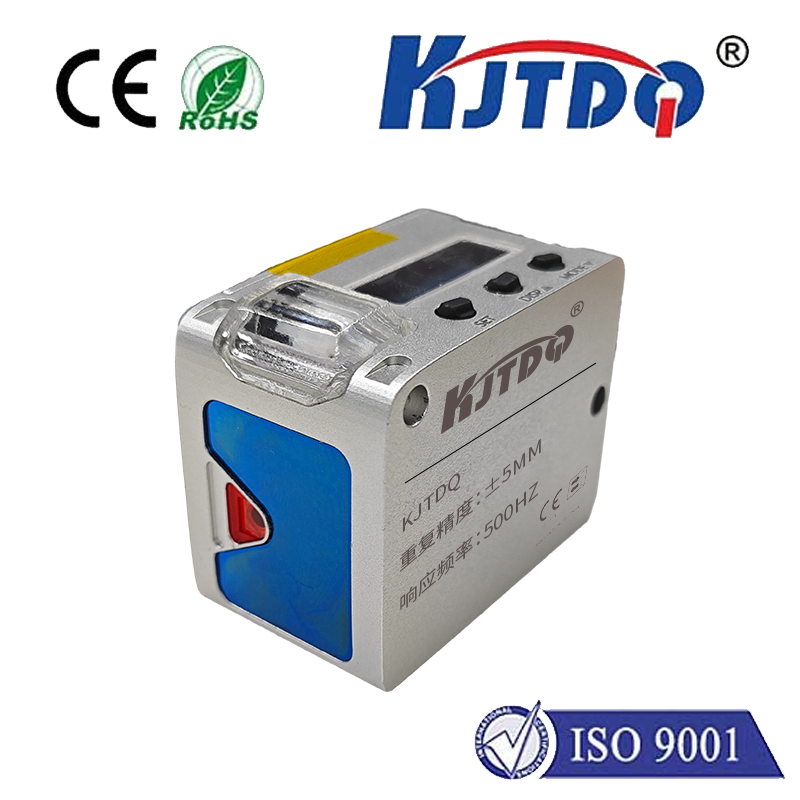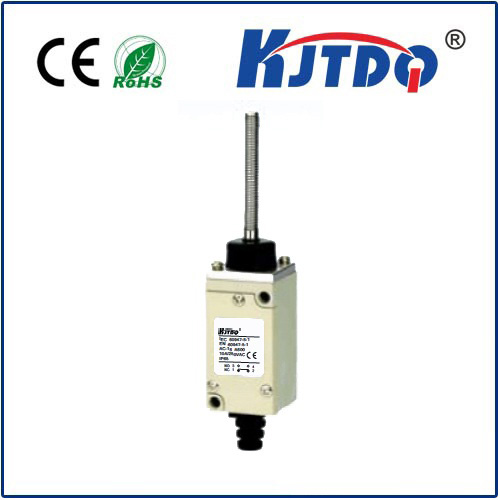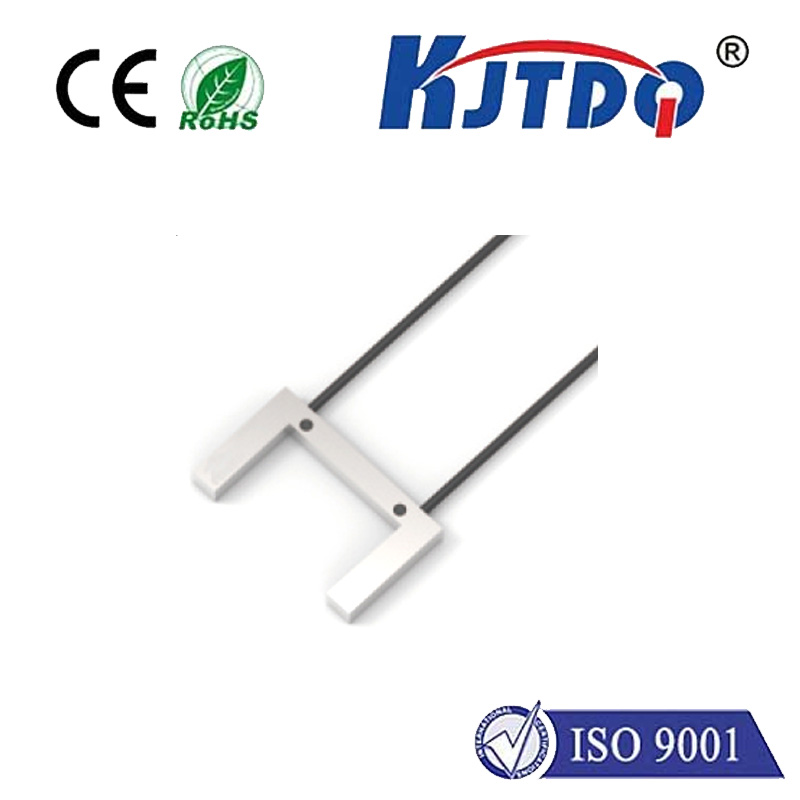8mm proximity sensors
- time:2025-09-07 00:41:14
- Click:0
Unlocking Precision: The Essential Guide to 8mm Proximity Sensors
Imagine a world where machines operate flawlessly, detecting components with pinpoint accuracy, safeguarding delicate processes, and fitting seamlessly into the tightest spaces. This isn’t science fiction; it’s the everyday reality powered by 8mm proximity sensors. These compact yet powerful devices are the unsung heroes of modern automation, offering a perfect blend of precise detection range, robust reliability, and space-saving design, making them indispensable across countless industries.
Understanding the Core: What are 8mm Proximity Sensors?
At their essence, proximity sensors are non-contact devices designed to detect the presence or absence of an object without physical touch. The “8mm” designation specifically refers to their nominal sensing range – the typical maximum distance at which they can reliably detect a standard target under specified conditions. This focus on an 8mm detection distance makes them uniquely suited for scenarios demanding accuracy within that specific spatial constraint.
How Do They Work? (The Magic Behind Detection)

While the core function – non-contact object detection – remains consistent, the underlying technology defines their application:
- Inductive Proximity Sensors: The most prevalent type for 8mm sensing in industrial settings. These detect metallic targets (steel, aluminum, brass, etc.). Inside the sensor head resides a coil generating a high-frequency electromagnetic field. When a metal object enters this field within the 8mm sensing range, it induces eddy currents within the metal. These currents absorb energy from the sensor’s coil, causing changes that trigger the sensor’s internal switch state (solid-state output). Key Advantages: Excellent resistance to dirt, dust, moisture, oil, and vibration. Ideal for harsh factory environments.
- Capacitive Proximity Sensors: These sensors detect the presence of any material (metal, plastic, wood, glass, liquids, powders) by sensing changes in capacitance. The sensor face acts as one plate of a capacitor. When any material (the dielectric) enters the electrostatic field within its 8mm detection range, it alters the capacitance, triggering the output switch. Key Advantages: Material versatility makes them essential for non-metallic object detection and level sensing, like detecting plastic bottles or powder levels.
Why Choose an 8mm Sensing Range? (The Sweet Spot)
The 8mm proximity switch isn’t arbitrary; its popularity stems from addressing critical operational needs:
- Precision Positioning: An 8mm detection distance offers excellent accuracy for tasks where components must be reliably sensed at very specific points without false triggers, crucial in high-speed assembly, robotics, and packaging lines. Think of positioning a part right before a welding operation or confirming a lid is present.
- Space Optimization: In today’s machinery, real estate is precious. The compact physical size often associated with 8mm proximity sensors allows engineers to integrate them into incredibly tight spaces where larger sensors simply wouldn’t fit, enabling more complex and miniaturized designs.
- Target Size Suitability: This range is ideal for detecting smaller targets, like fasteners, small machine parts, or electronic components, where a larger sensing distance might not be necessary or could introduce interference from surrounding objects.
- Enhanced Reliability: The relatively short 8mm sensing range helps minimize the chance of unintended detection of objects beyond the intended target area, reducing errors and improving machine cycle consistency. It provides a buffer close enough for reliable detection but short enough to avoid distant interference.
- Cost-Effectiveness: Often a practical balance, offering sufficient range for many common applications without the premium cost sometimes associated with very long-range sensors.
Where 8mm Proximity Sensors Shine (Key Applications)
Their versatility makes 8mm proximity sensors ubiquitous:
- Factory Automation: Object presence verification on conveyor belts, position sensing of cylinders and slides in pneumatic/hydraulic systems, end-of-travel detection, part counting, and machine guarding interlocks.
- Packaging Machinery: Detecting labels, carton presence, product counting, cap/closure detection, and verifying filled bottle levels (capacitive).
- Material Handling: Monitoring pallet positions, detecting objects at sorting gates, confirming gripper engagement in robots, and sensing product on elevators.
- Automotive Manufacturing: Verifying component placement on assembly lines, monitoring robotic weld gun positions, detecting small metal parts, and ensuring jig/clamp closure.
- Food & Beverage Processing: Detecting cans/bottles (capacitive or inductive), monitoring fill levels in non-metallic containers (capacitive), and confirming package sealing.
- Printing & Paper Converting: Detecting paper jams, monitoring roll diameter changes, and confirming sheet feed.
- Consumer Electronics Assembly: Precise placement verification of tiny components on PCBs.
Choosing the Right 8mm Sensor: Key Considerations
Selecting the optimal 8mm proximity sensor involves evaluating several factors:
- Target Material: Is it metallic? Choose inductive. Is it non-metallic, liquid, or granular? Choose capacitive.
- Environmental Conditions: Harsh environments with dust, coolant, oil, or vibration heavily favor the robustness of inductive sensors. Capacitive sensors can be affected by humidity and certain materials.
- Output Type: PNP (sourcing) or NPN (sinking)? Must match the control system input (PLC, controller).
- Connection Style: Cable exit (axial, radial), quick-disconnect (M8, M12), or terminal connection? Dictated by installation space and preference.
- Operating Voltage: Typically 10-30V DC; ensure compatibility with the machine’s power supply.
- Housing Material & IP Rating: Nickel-plated brass or stainless steel (for corrosion resistance) and an appropriate Ingress Protection (IP) rating (e.g., IP67 for dust and temporary immersion) are crucial for longevity, especially in demanding environments. Robust construction ensures reliability.
- Frequency Response / Switching Speed: How fast can the sensor detect objects passing by? Important for high-speed applications. Many 8mm proximity sensors, especially inductive types, offer very high switching frequencies suitable for rapid detection.
- Flush vs. Non-Flush Mounting: Flush-mount inductive sensors can be installed embedded in metal, saving space, but have a slightly shorter range than non-flush versions. Non-flush offer the full nominal 8mm sensing range.
The Indispensable Component
The 8mm proximity sensor stands as a testament to engineering optimization. Its carefully chosen 8mm detection distance strikes the perfect balance – providing sufficient range for reliable detection of common industrial targets while enabling remarkably compact designs that integrate effortlessly into space-constrained machinery. Whether ensuring a robot accurately picks up a tiny component on an assembly line, verifying a bottle cap is present before sealing, or safeguarding personnel near moving parts, the 8mm proximity switch delivers unmatched precision and reliability within its domain. Understanding their technology – particularly the inductive vs. capacitive distinction – and carefully evaluating application requirements are key to harnessing their full potential and driving efficiency, safety, and quality in virtually any automated process.






